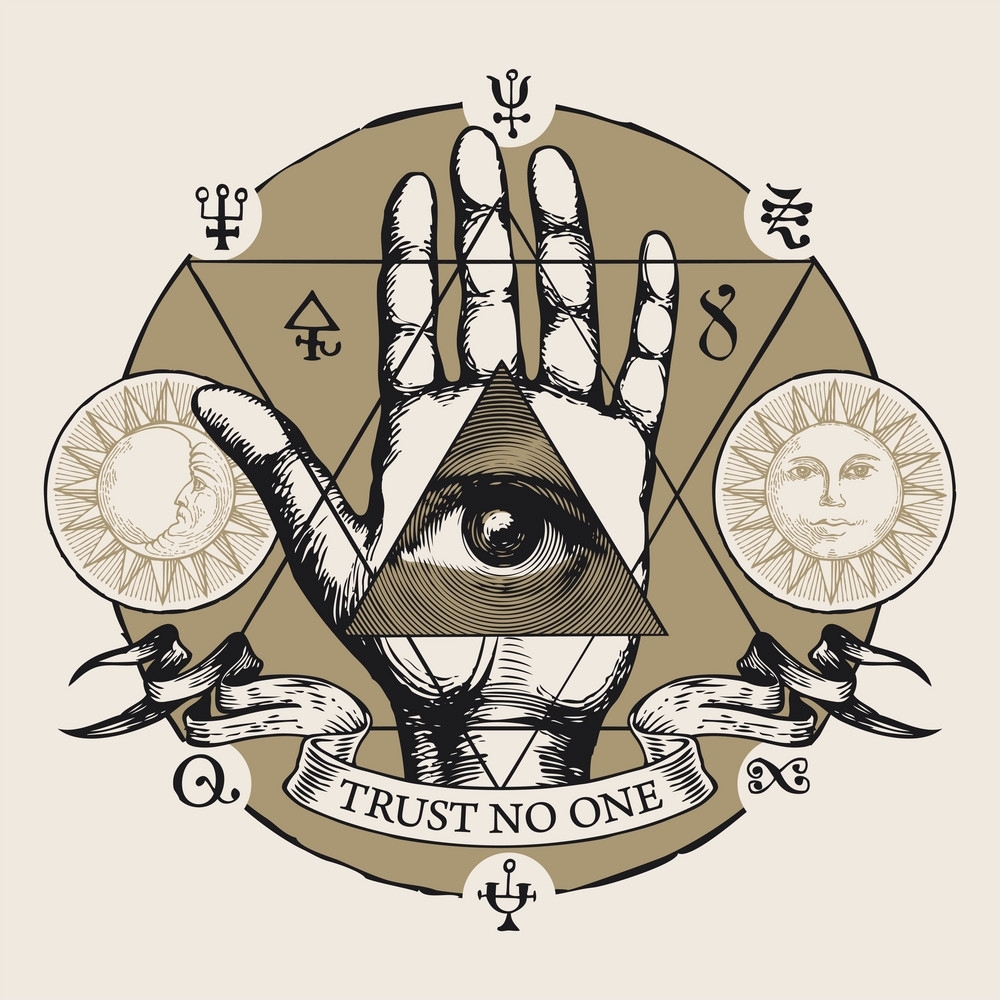“Social scientists agree that witch-hunting movements develop during, and are themselves indicative of, intolerable social stress. The formulation of general theories with predictive capability is, however, probably impossible because of uncountable sociocultural variables – but also, as all agree, because of problems in the definition and measurement of ‘stress.’ The processes of such movements, however, and their impacts on society, are striking similar to those in revitalization movements and can be analyzed using similar processual models.
In historical perspective, it is evident that witch hunts and revitalization movements in small-scale societies are both products of and agents of social change, responding to stress and instituting a new order. It has been suggested, too, that they are a form of periodic social regulator. The most dramatic of revitalization movements, such as the Melanesian cargo cults, the Ghost Dance religions of the Plains in the late nineteenth century, and Africa witch-purging movements, are most neatly described as reactions to stressful colonial experiences. But there must exist some critical factors in societies that enact revitalization that enable such movements to develop; stress of similar intensity is surely experienced in the great majority of oppressed movements who do not instigate such movements. Indeed, some research has shown that earlier forms of some revitalization movements occurred at periodic intervals before foreign contact. Seligmann (1910), Williams (1923), and Lanternari (1963) have shown this for prototypes of cargo cults, through analysis of oral traditions. Bohannan (1958) has shown that witch hunts occurred well before the European presence among the Tiv of central Nigeria. And witch hunts have occurred fairly regularly throughout Western history. Dorothy Rabinowitz suggests that ‘an orgy of self-cleansing’ occurs in American society ‘every fifty years or so.’
Historians and social scientists have written much on the sociology of such movements. And psychological interpretations have been brought to bear: what is really going on in a witch hunt? What deep psychic needs are being satisfied in actions motivated by bigotry, by prejudice and against people of different race, religion, culture of life-style, by what are today called ‘hate-crimes?’ Evolutionary anthropology has suggested that cultural intolerance may have evolved as an adaptive defensive/survival mechanism. The ‘we-they’ attitudes evident among so many neighboring societies, expressed in translations of societies’ names for themselves as ‘people’ or ‘human beings,’ and their names for others as something else, are cultural manifestations of such adaptively advantageous attitudes. Displacement of frustration in the form of aggression against those others is a natural result. It has been suggested that scapegoating behavior is a human universal; with the discovery of similar behavior among privates, primatological bases for this type of behavior were suggested.”
– James T. Richardson, Joel Best, David G. Bromley, The Satanism Scare


